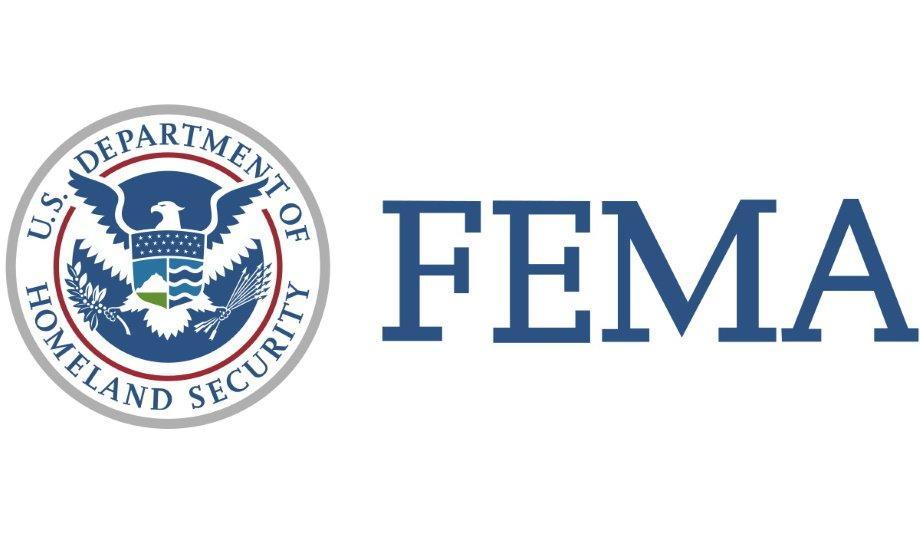Preparing for all fire exposures, not picking and choosing only one, is vital for improving the home and building survival chances.
What the community needs to know
Wildfires spread primarily by:
- Ember generation and deposition. Burning or smoldering pieces of material generated during a wildfire event can land on combustible material.
- Radiant heat. The heat from the fire raises the temperature of a combustible material until that material reaches ignition temperature and burns.
- Flame impingement exposure (conduction). The flame from a fire touches a combustible material and the material burns.
- Convection. The transfer of heat by moving hot gases ignites combustible material.
Impact of embers
Embers can be carried by winds and deposited several miles downwind from the wildfire
Of these 4, embers (sometimes also called firebrands or flaming sparks) contribute to a significant percentage of home ignitions. These pieces of burning material lofted into the air by winds generated during the wildfire event can be small or large.
According to National Institute of Standards and Technology (NIST) research, embers can be carried by winds and deposited several miles downwind from the wildfire. During a wildfire, there can be millions of them generated that could impact a structure.
How embers cause structure ignition
4 primary areas where embers can lead to structure ignition are:
- Landing on the structure
- Entering the structure
- Landing on the landscape surrounding the structure
- Landing on nearby fuels (fences, sheds, woodpiles, etc.)
Management
It is important to make sure that the home and parcel surrounding the home are routinely mitigated
Make sure these areas are routinely and carefully mitigated. During a wildfire, embers can land on buildings and the surrounding landscape. Also, embers can reach a building's interior through a point of entry, such as a window or vent.
During a wildfire, millions of embers can land on a home and the landscape surrounding the home. That is why it is so important to make sure that the home and parcel surrounding the home, including landscape, fences, outbuildings, etc., are routinely and carefully mitigated.
Interdependent factors
Residents must meticulously protect every potential part of the home and parcel that could become a point of entry for embers.
Many interdependent factors influence the fire spread. An ember ignition can start a catastrophic chain of events. A single home catching fire can result in neighborhood destruction.
Smoldering
Sometimes embers smolder in flammable materials for many hours before leading to the ignition of fire on areas such as a roof or deck or areas outside the structure of a home or commercial building.
Visible flames may not appear until hours after the wildfire flame front has passed.
Ember research helps with understanding and mitigation
To protect lives and property, it is important to continue research about the way embers can ignite structures to understand the following:
- Their trajectory
- How they can be generated
- The size of embers that can be lofted during a wildfire event
Recently an ember generated by the Marshal Fire in Colorado was examined. The ember, part of a child's plastic playhouse, was 3 feet wide. It landed in vegetation surrounding a business in Superior, Colorado, a one-quarter mile away from the wildfire, and started a fire in the mulch.
ember research
Current NIST ember research includes:
- A Case Study of the Camp Fire Timeline PDF
- Studies using a barometer
- Wind-Driven Fire Spread to a Structure from Fences and Mulch
Other organizations performing ember research include the U.S. Forest Service Rocky Mountain Research Station and the Insurance Institute for Business and Home Safety.
Mitigation improvements
Mitigation improvements will be incorporated into land use and building code development
More research about embers generated during wildfires could help to develop even more effective mitigation improvements in building and home construction and outbuilding and landscape maintenance, including new types of building materials to be used in home and commercial construction. It will also be incorporated into land use and building code development in wildfire-prone areas.
In addition, researching fire spread at the parcel level to make sure fire in some cases started by embers does not destroy structures could result in communities that are much more resilient (sustaining less damage and recovering more quickly) from wildfire events.
What to do
Help community members understand the threat that embers represent, even to areas miles away from a wildfire. Residents and business owners cannot control the number of incoming embers from wildfires, but they can control their exposure by hardening their property, structures, and other interdependent factors against the embers.
Implementing current knowledge of hardening for embers, if done in conjunction with addressing fire hazards, will very significantly reduce structure losses, Alex Maranghides, NIST.
Steps
Guide them with practical, affordable steps they can take to make their buildings and homes safer with proven fire mitigation measures highlighted in NIST's research PDF including:
- Replacing window screens with metal screens
- Caulking or sealing all openings in the structure
- Use metal or stone fence materials where a house and wooden fence meet; 5 feet from the house to the wooden fence
Users can also show them that ember hardening should not be viewed as a structure-only activity. The parcel should also be assessed and hardened appropriately to limit fire pathways to a home or business, such as:
- Ember to mulch next to shed building
- Ember to mulch next to the house to the building
- Ember to gutter to roof and rest of building
Once home and business owners understand how much damage can be caused by embers from wildfires, they should be motivated to take steps to help reduce the risk.














